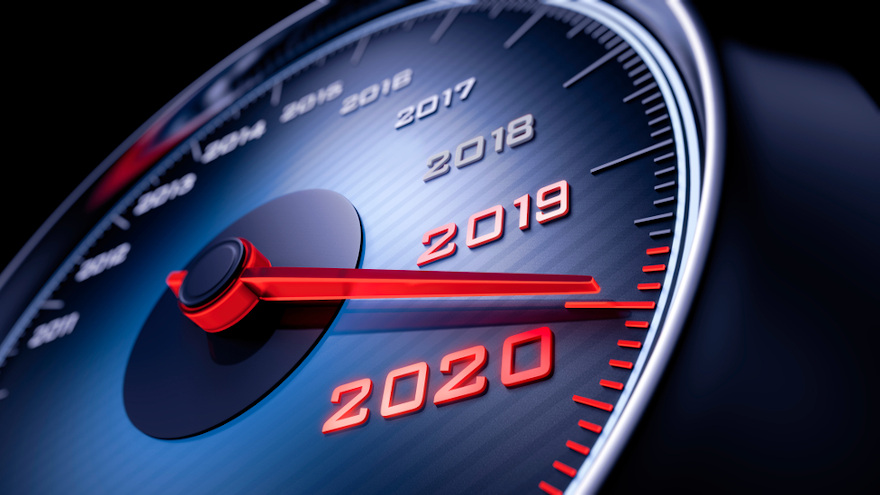More 2020 expectations on affordability and interest rates

By subscribing, you agree to receive communications from Auto Remarketing and our partners in accordance with our Privacy Policy. We may share your information with select partners and sponsors who may contact you about their products and services. You may unsubscribe at any time.
CARY, N.C. –
As part of its expectations for the 2020 credit market, TransUnion acknowledged that issues surrounding vehicle affordability will continue to persist in the coming year.
But with the Federal Reserve leaving interest rates unchanged this week — and policymakers alluding to the option of repeating the action throughout 2020 — there appears to be some momentum in place to help the auto-finance industry.
Members of the Federal Open Market Committee (FOMC) voted unanimously to maintain the target range for the federal funds rate at 1.50% to 1.75%.
Policymakers explained the labor market remains strong and economic activity has been rising at a moderate rate. They added job gains have been solid, on average, in recent months, and the unemployment rate has remained low.
“As long as incoming information about the economy remains broadly consistent with this outlook, the current stance of monetary policy likely will remain appropriate,” Fed chair Jerome Powell said this week after the latest interest-rate announcement.
“Looking ahead, we will be monitoring the effects of our recent policy actions, along with other information bearing on the outlook, as we assess the appropriate path of the target range for the federal funds rate. Of course, if developments emerge that cause a material reassessment of our outlook, we would respond accordingly. Policy is not on a preset course,” Powell continued.
Subscribe to Auto Remarketing to stay informed and stay ahead.
By subscribing, you agree to receive communications from Auto Remarketing and our partners in accordance with our Privacy Policy. We may share your information with select partners and sponsors who may contact you about their products and services. You may unsubscribe at any time.
Considering how interest rates play a role in auto financing, Cox Automotive chief economist Jonathan Smoke made these points on the company’s blog.
“The rate cuts in 2019 did not help the average car buyer. Rates have actually gone up dramatically — more than 2 full percentage points — for consumers with subprime credit,” Smoke said. “Most of the rate gains for borrowers with good credit preceded the last Fed meeting.
“The one factor that could lead to better rates would be more zero or low APR offers from captive finance companies,” he continued. “Those offers tend to be only for consumers with good credit. But with new vehicle supply down, manufacturers may be more conservative over the winter months with incentivized rates.”
No matter the APR, TransUnion expects the amount of risk finance companies absorb will be on the rise.
Analysts projected that average auto balances are expected to grow 1.6% year-over-year by Q4 2020, a slightly slower rate of growth than what they observed in Q4 of this year (1.9%).
TransUnion thinks certain segments of consumers may look to offset these rising costs by opting for extended contract terms, a recent trend taking place in the market.
TransUnion added that originations will flatten relative to 2018, and the share of originations in the prime and above risk tier will remain steady at 66.5%.
“The growth pattern of new auto sales will remain concentrated toward prime and above consumers, while the overall growth curve will flatten in 2020 due to declining new-vehicle sales, said Satyan Merchant, senior vice president and TransUnion’s auto line of business leader.
“External pressures such as higher gas prices and the looming threat of auto tariffs, combined with rising vehicle prices, are all contributing to the concern of auto affordability,” Merchant continued in a news release. “Despite these headwinds, loan performance in the auto industry remains strong.
“We expect the auto delinquency rate to decrease at a higher rate on a year-over-year basis during the first half of 2020, and serious delinquencies are expected to slightly decline by the end of next year,” he went on to say.
Editor’s note: More 2020 expectations will be included in upcoming online and print reports published by Cherokee Media Group.


